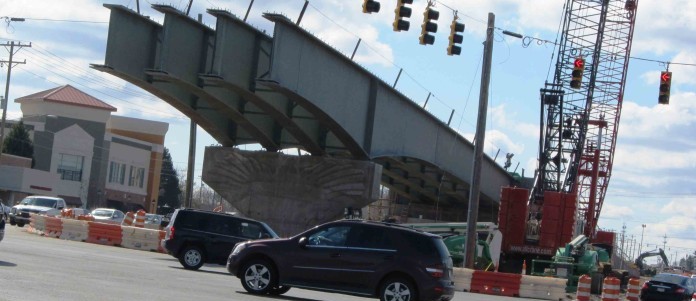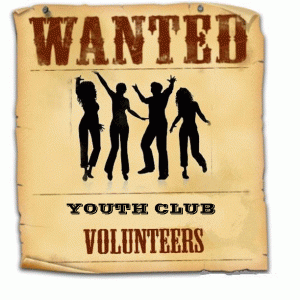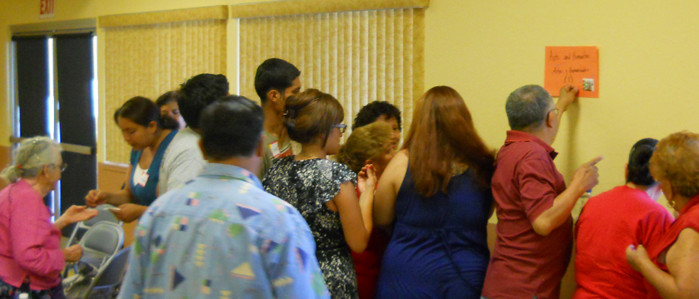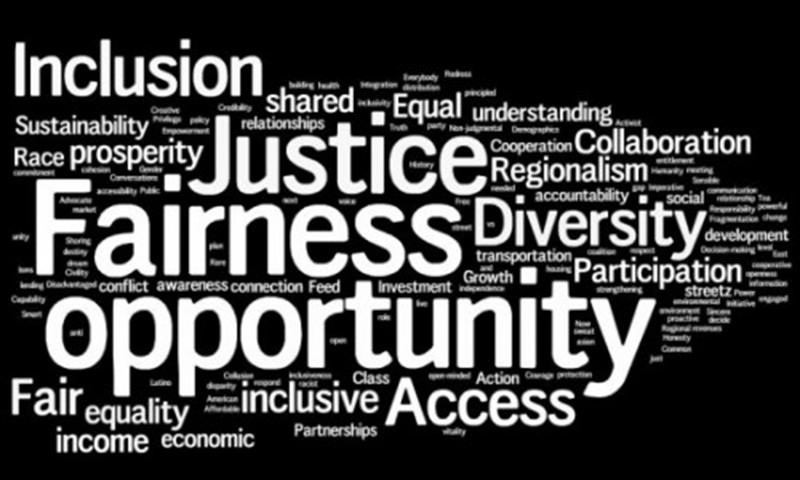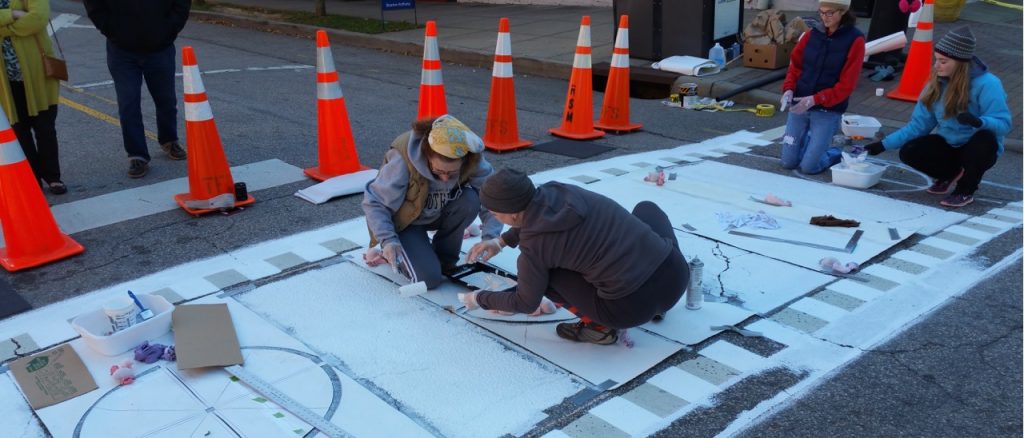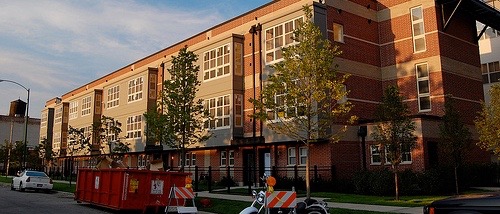
As we’re constantly told, this is The Age of Big Data, and tapping into that monstrous yet murky term indeed has the potential to revolutionize the way organizations function, particularly when it comes to finances. Local government and other public entities are no exception.
Indeed, many are increasingly publishing reams of financial data, like procurement contracts, salaries, and details of their various budgets. Some of this is still done in old-fashioned ways – many of us know how frustrating it is to mine data from PDFs of scanned documents, for instance. Yet even when Big Data is made available by governments in a standard format, with accompanying APIs for coders to freely draw from, and with aesthetically pleasing visualizations, is that enough? Continue Reading
